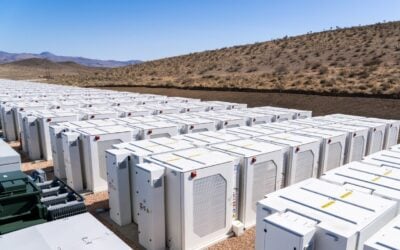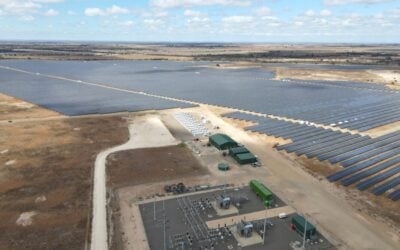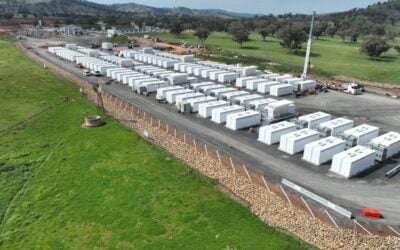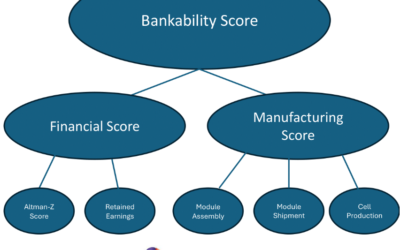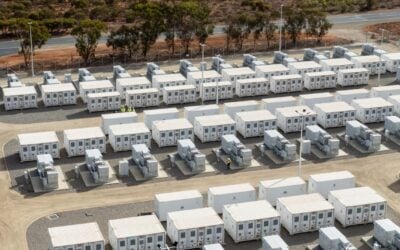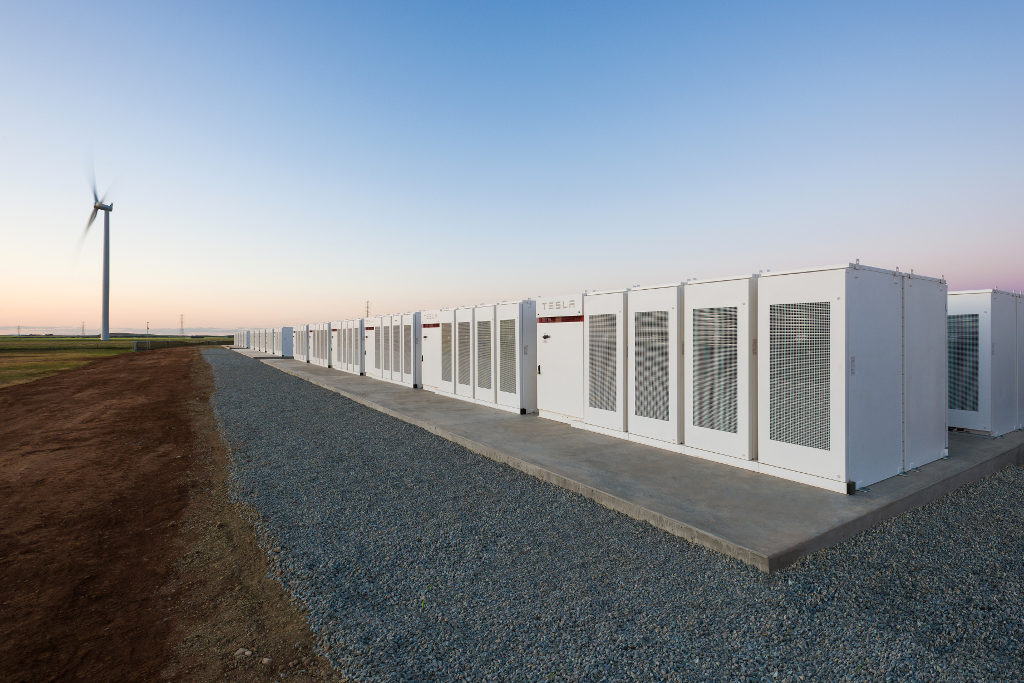
Neoen, the French developer which partnered with Tesla on the 129MWh large-scale battery at Hornsdale Wind Farm, South Australia, wants to build an energy superpark in the state that comprises 1.2GW of wind, 600MW of solar and 800MW of battery storage capacity.
The plans were unveiled by South Australia’s Minister for Energy and Mining Dan van Holst Pellekaan on Wednesday. He said the project is contingent on the construction of a 560-mile east-west electricity interconnector from rural South Australia to Wagga Wagga in New South Wales (NSW).
The proposed above-ground 330kV interconnector is being developed by transmission network operators TransGrid and ElectraNet. The governments of South Australia and NSW have agreed to cooperate to deliver the project, whose environmental assessments and approvals are pending.
Neoen’s Goyder South hybrid project will be built over three stages. According to news reports carried by local outlets, the first phase – which can go ahead regardless of the interconnector – will start this year. It will cost roughly AU$1 billion (US$690 million) and supply a third of the total proposed wind, solar and battery capacity.
Try Premium for just $1
- Full premium access for the first month at only $1
- Converts to an annual rate after 30 days unless cancelled
- Cancel anytime during the trial period
Premium Benefits
- Expert industry analysis and interviews
- Digital access to PV Tech Power journal
- Exclusive event discounts
Or get the full Premium subscription right away
Or continue reading this article for free
Minister Van Holst Pellekaan said in a statement that four more large solar farms “worth billions of dollars” are planned along the interconnector route.
The AU$1.5 billion (US$1 billion) “freeway for renewable energy” would save SA households an average AU$66 (US$45) savings per year, he said, on top of bolstering the state’s energy security.
“South Australia currently only has interconnection with Victoria which puts us at the end of the line and vulnerable to the type system risks that saw the entire state blacked out in 2016. This new additional interconnector will bring South Australia into the loop with the rest of the national energy market, bringing cheaper power, greater reliability and increased export opportunities for our renewable energy.”
Goyder South adds to Neoen’s beefy pipeline of further projects in Australia, which includes an 100MW solar-plus-storage facility in Victoria and a 275MW wind-solar-battery-hydrogen project in South Australia. The project duo, approved in late August, have both been met by fierce local opposition, in particular from farmers concerned about the loss of agricultural lands. The 129MWh Hornsdale facility meanwhile was in many ways the project that kicked off widespread interest in the market for grid storage, coming as it did in response to widespread blackouts and then famously delivered within 100 days of signing grid connection contracts following a promise made on Twitter by Tesla CEO Elon Musk.
The triple hybrid is also the latest in a deluge of giant-scale solar-plus-storage plants planned in Australia, most notably a scheme to transfer energy generated by a touted 10GW solar plant in Northern Australia to Singapore, via a direct current underground cable. The project, which would include 20-30GW of storage capacity, is arguably the world’s largest conceived solar-plus-storage project.
Meanwhile, back in its French homeland, Neoen recently announced the completion of a 6MW / 6MWh battery ESS project, which despite the relatively modest size by comparison to projects in other regions including Australia, will help Neoen and France’s networks prepare “as effectively as possible for the arrival of this new breed of storage unit in the European balancing reserve market”, the company said.
Additional reporting by Andy Colthorpe.
A version of this story first appeared on our sister site PV Tech.

